
Scientists Grow First Fully Formed Tooth In Lab — A Groundbreaking Breakthrough
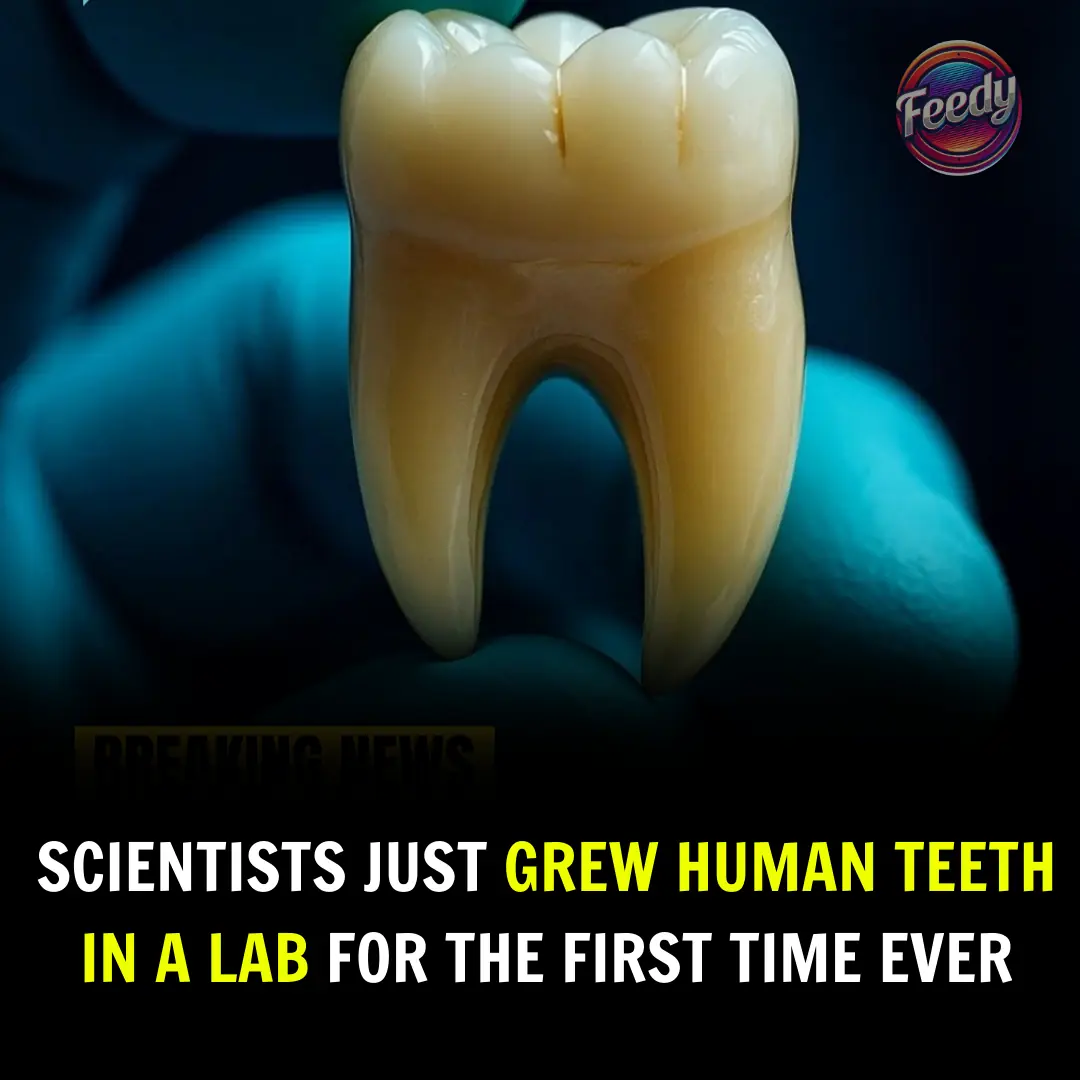
In a groundbreaking step for regenerative dentistry, researchers from King’s College London and Imperial College have successfully replicated the early stages of human tooth development using lab-grown materials. This innovation could one day lead to patients growing their own teeth—naturally and biologically—right from their jaw.
A Natural Alternative to Fillings and Implants
Currently, adult tooth loss is typically addressed with fillings, implants, or dentures—all of which come with significant limitations. Fillings can damage surrounding tooth tissue and wear down over time, while implants involve invasive surgery and don’t always mimic the full function of real teeth.
The new technique developed by the team in London offers something revolutionary: a biological solution. Using a specially designed material that mimics the environment of a developing tooth, scientists were able to encourage cells to communicate and initiate tooth formation "in a dish."
Why This Matters
The ability to grow human teeth could transform dental care, especially for patients suffering from trauma, disease, or tooth decay. Unlike current solutions, lab-grown teeth could heal, adapt, and grow just like natural ones, eliminating the need for repeat procedures or replacement implants.
“This is a major step forward,” said Dr. Ana Angelova Volponi, director of the MSc in Regenerative Dentistry at King’s College London. “We’ve created a new environment that allows cells to communicate effectively and begin the process of forming teeth.”
The Science Behind It
The team’s breakthrough lies in a bioengineered material developed in collaboration with Imperial College London. This material replicates the body’s natural matrix—the environment that surrounds and supports cells. When cultured cells were introduced into this matrix, they began sending signals that triggered tooth development, just like in the human body.
Previous attempts at growing teeth in the lab failed because they released signaling molecules too quickly. This new method allows for a gradual release, more closely mimicking natural processes.
“This matrix is more adjustable and controllable, allowing us to better guide the tooth-making process,” said Xuechen Zhang, co-author of the study. “It brings us one step closer to growing real, functioning teeth in the lab.”
What's Next?
The researchers are now preparing to test two possible methods for clinical use:
-
Transplanting young tooth cells directly into the patient’s mouth at the site of the missing tooth.
-
Growing a complete tooth in the lab and then implanting it into the jaw.
Both approaches begin with the early development of a tooth in a lab setting, and both rely on the patient’s own cells—minimizing the risk of rejection and maximizing compatibility.
Expert Opinions
“Fillings and implants have served us well, but they’re far from perfect,” Zhang explained. “Fillings weaken tooth structure and can lead to decay, while implants require surgery and don’t restore full function. Our approach could offer a more natural, regenerative solution.”
Looking Ahead
With early tooth development now successfully replicated, the next phase is to test these methods in preclinical trials. The goal is to determine which approach is safest, most effective, and most compatible with existing dental procedures.
If successful, this research could usher in a new era of dentistry—one where losing a tooth doesn’t mean replacing it with something artificial, but simply growing a new one.
News in the same category

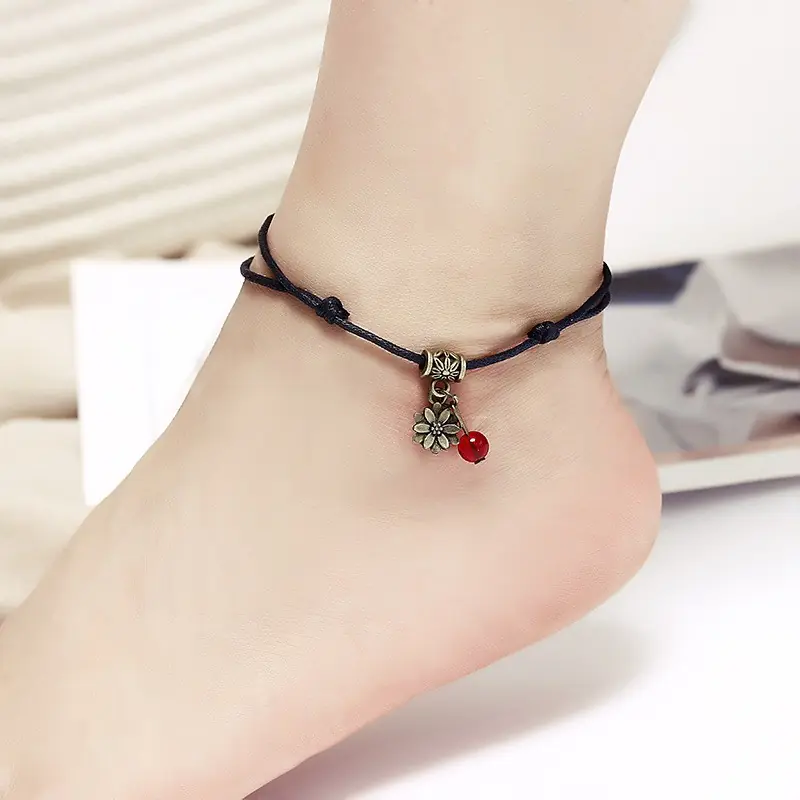
The Hidden Meaning Behind Wearing an Ankle Bracelet—Most People Have No Idea

Disturbing Post Surfaces From FSU Shooter Just Before Campus Tragedy

Photographer of tragic little girl trapped in volcanic mudflow explains why he didn’t help her

New COVID Wave Surges — Health Officials Sound Alarm As Cases Double

It is with heavy hearts that we announce the passing of this legendary actor

Amber Heard’s Face Is The ‘Most Beautiful In The World,’ According To Scientists

Jin of BTS is going on a solo tour!

Optical illusion reveals whether you’re an introvert or extrovert
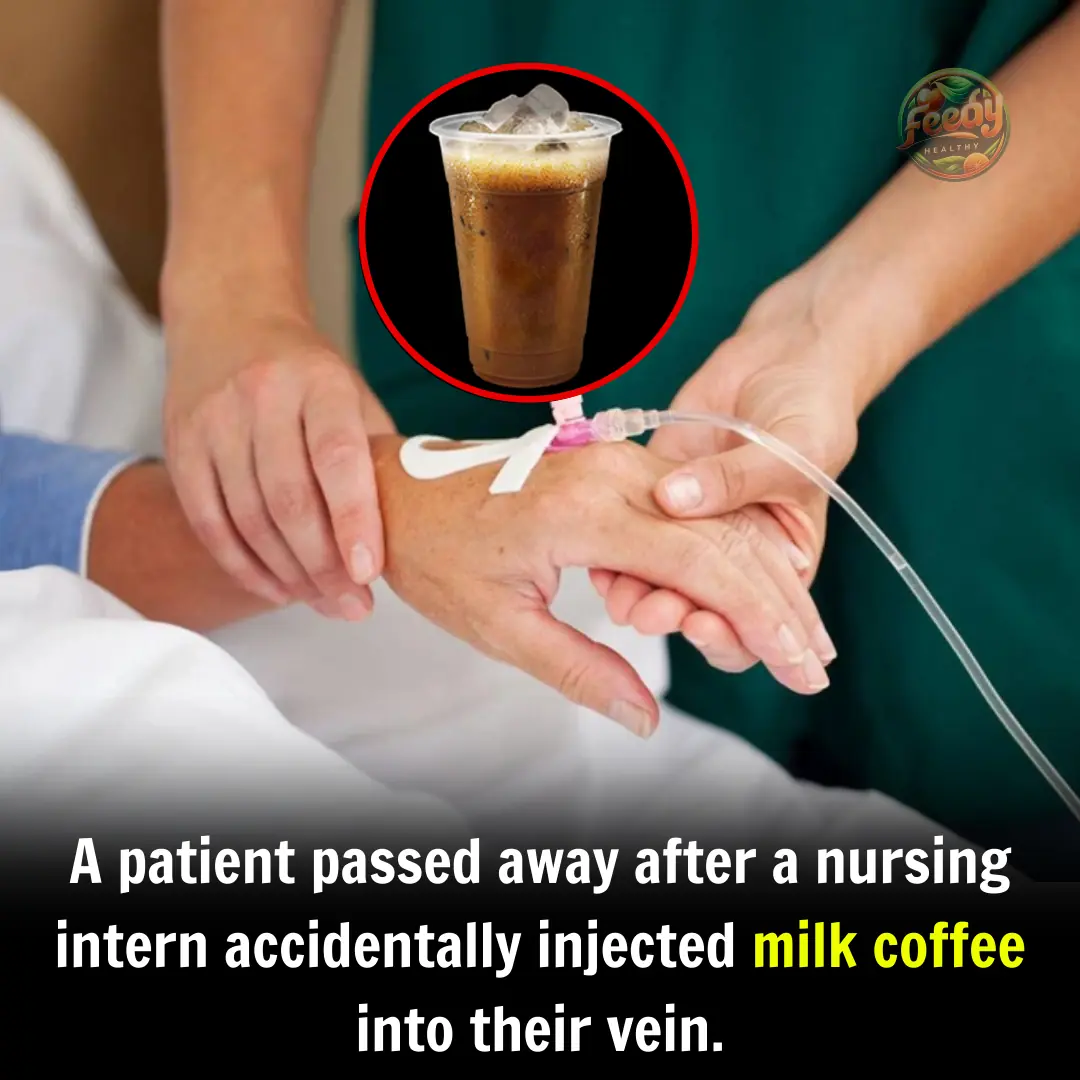
A patient passed away after a nursing intern accidentally injected milk coffee into their vein.

The IT boss, his wife, and their three kids were identified as the victims of the New York helicopter tragedy

UK: A penniless father of 3 commits suicide while waiting for welfare payments
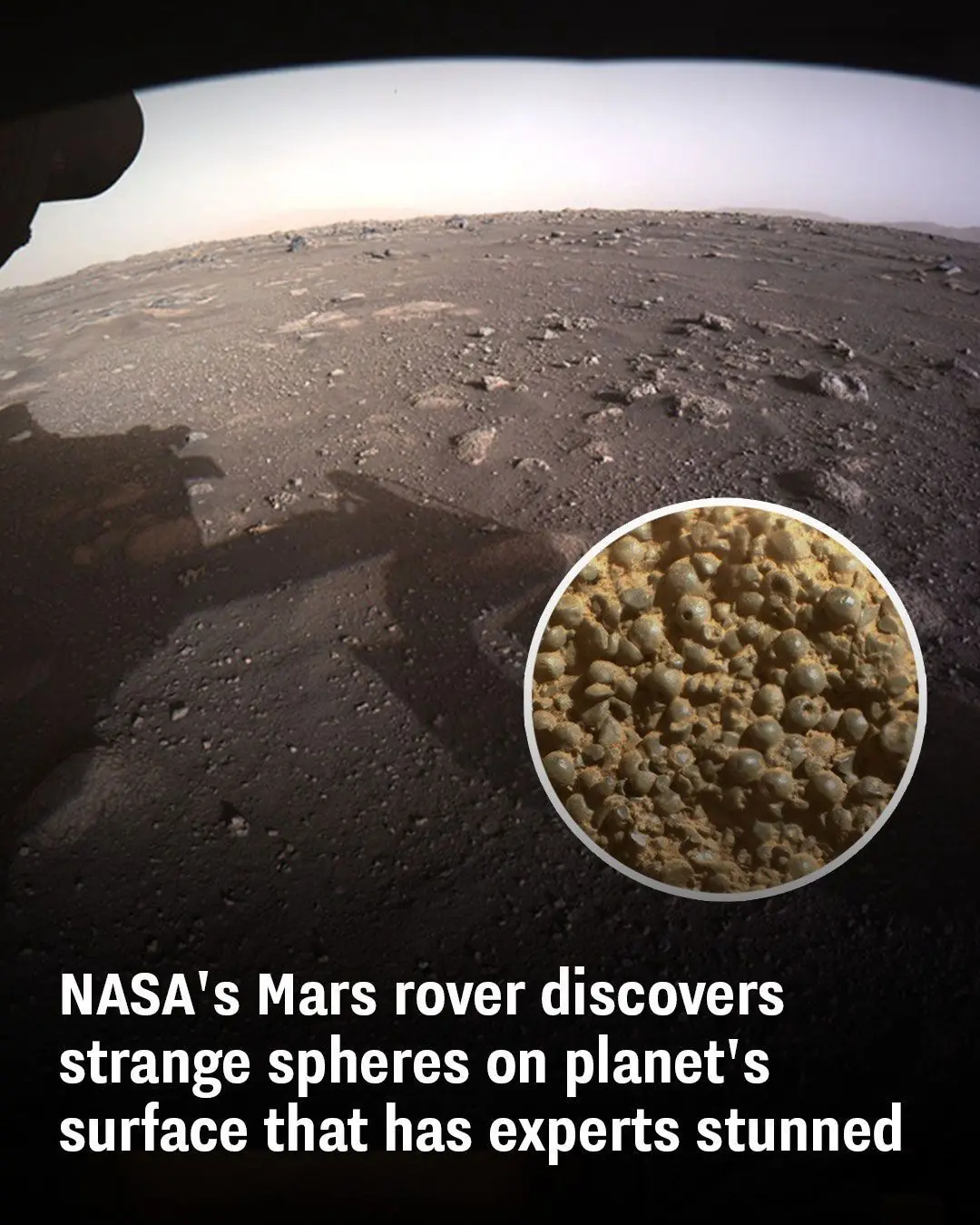
NASA’s Mars Rover Uncovers Mysterious Spheres On The Planet’s Surface, Leaving Experts Baffled

Philippine Film Icon Nora Aunor Passes Away at 71

Edward Mordake: The Man with Two Faces and the Tragic Legend…
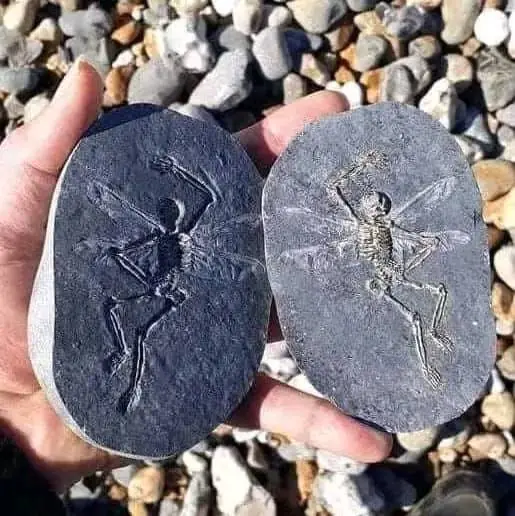
A Mystical Discovery on a Sussex Beach: Fossil of a “Fairy” Found in 2015?

People Freaked Out After Spotting Creepy Hidden Face in Group Photo

California Authorities Identify Human Remains As A 13-Year-Old Girl Who Vanished 50 Years Ago

Stephen Hawking said he had a simple answer when asked whether he believed in god
News Post

This is my preferred way

Julia Roberts Gave Birth to Twins at 37 — Pics of Her ‘Beautiful’ Teens Who Look like Her Husband

ABC Cubes For Flawless Skin

Fermented Rice Water & Cloves Scalp Treatment

Top 10 Hydrating Serums for Dry Skin Trusted by Experts and Beauty Enthusiasts
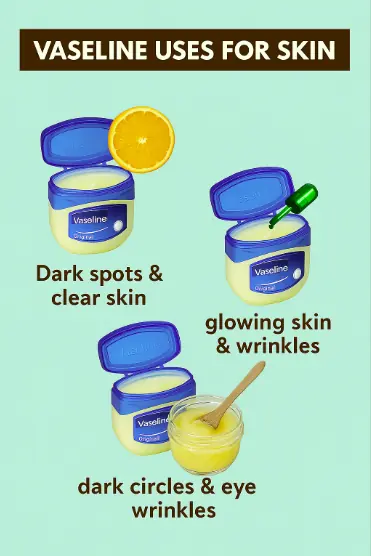
Amazing uses of vaseline for skin

Unlock the Power of Vaseline: 16 Beauty Benefits & Smart Precautions
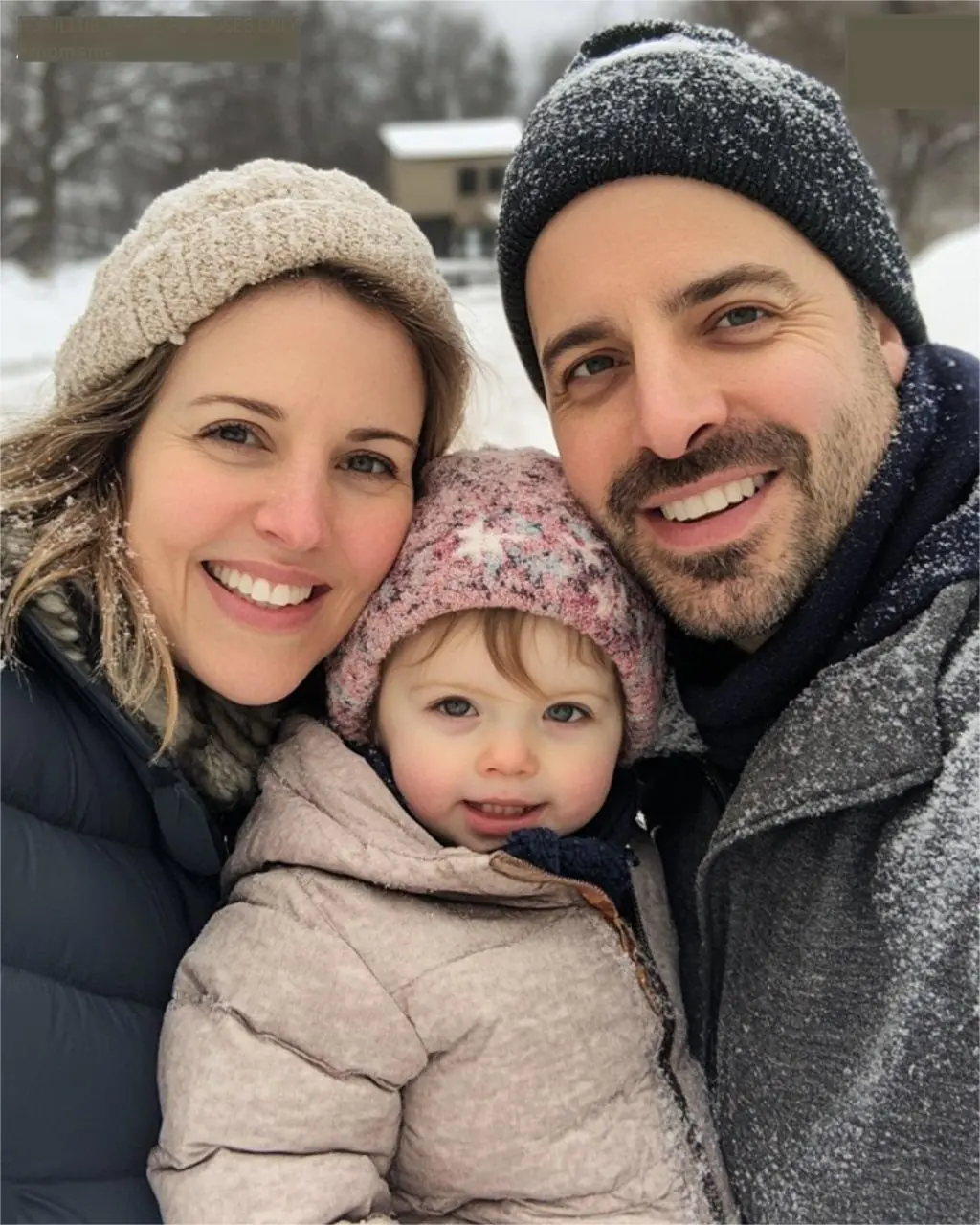
WE SENT MONEY FOR OUR SON TO PAY FOR COLLEGE – ONE DAY, WE DISCOVERED HE WASN’T EVEN ENROLLED AND WAS LIVING IN AN OLD TRAILER.

5 Baking Soda Uses for Face & Skin – Natural Beauty Secrets You Shouldn’t Miss
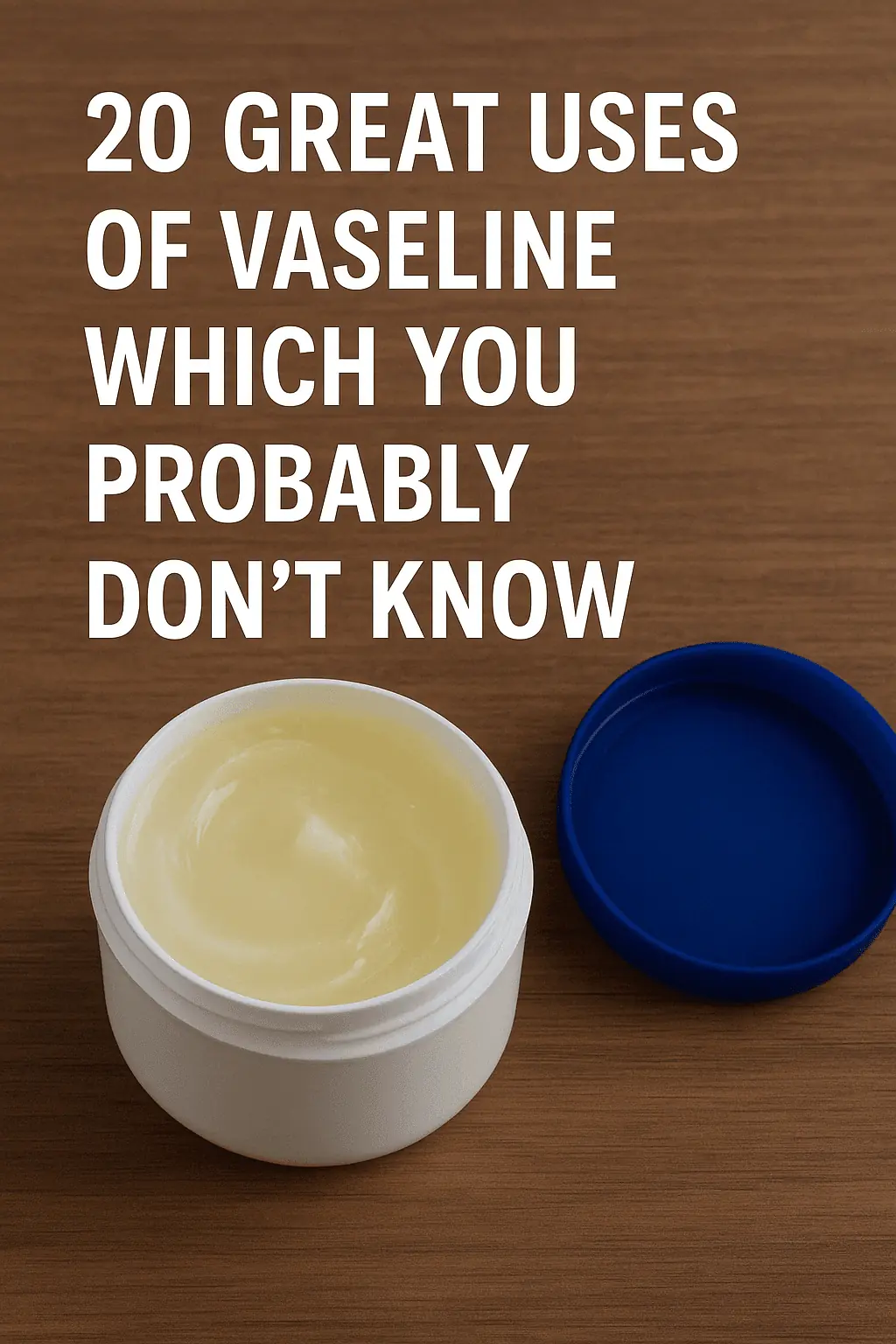
20 Great Uses of Vaseline Which You Probably Don’t Know

Unlock the power of Vaseline & Lemon

✨ Castor Oil Home Remedies: Unlock the Power of Nature for Your Beauty Routine ✨

I WAS THE ONLY ONE WHO ATTENDED MY GRANDMOTHER’S BIRTHDAY LUNCH – AFTER SEEING HER TEARS, I DECIDED TO TEACH MY FAMILY A LESSON

The Best Ways to Use Vaseline: A Complete Guide for Beauty & Skincare

Rub This Slice On Face To Get Spotless Skin

My Husband’s Cousin Came to Stay with Us Temporarily with Her Son – If Only I Had Known It Was All a Trap.

Restaurant Owner Disguises Himself as a Homeless Man to Choose His Heir.
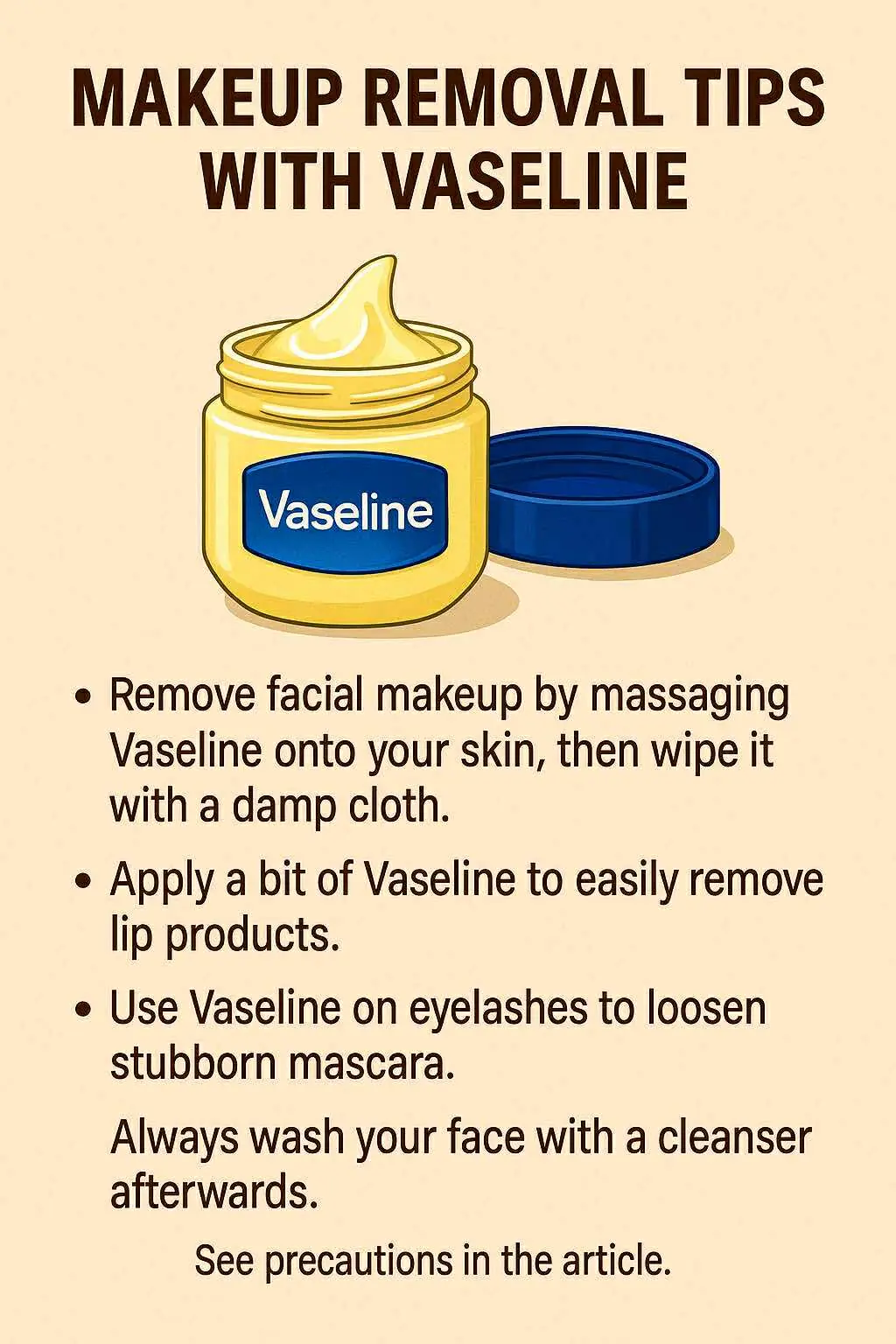
Vaseline Makeup Removal Tips Not Everyone Knows
